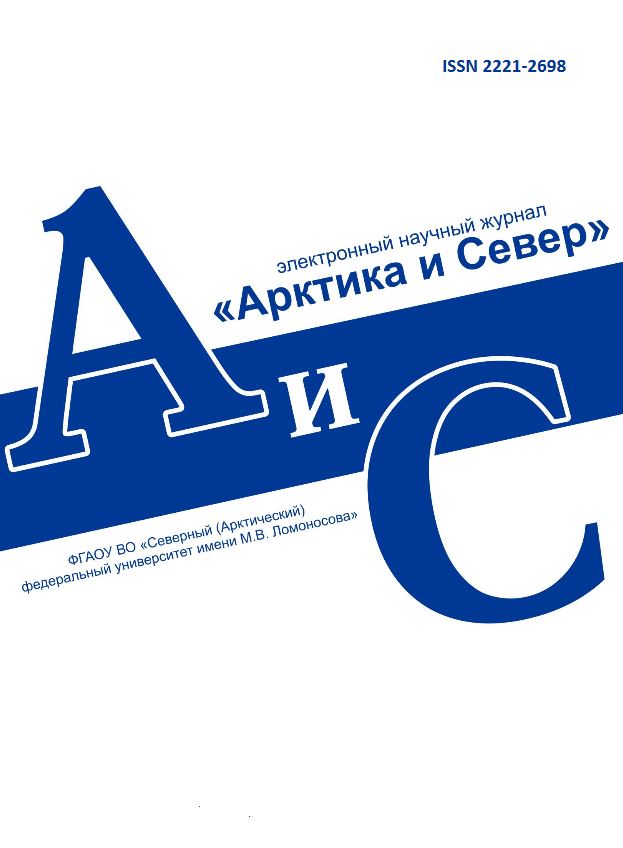Legal and postal addresses of the founder and publisher: Northern (Arctic) Federal University named after M.V. Lomonosov, Naberezhnaya Severnoy Dviny, 17, Arkhangelsk, 163002, Russian Federation Editorial office address: Journal of Medical and Biological Research, 56 ul. Uritskogo, Arkhangelsk Phone: (8182) 21-61-00, ext.18-20
E-mail: vestnik_med@narfu.ru ABOUT JOURNAL
|
Section: Biological sciences Download (pdf, 0.7MB )UDC612.82:612.062DOI10.37482/2687-1491-Z135AuthorsArlan F. Sagirov* ORCID: https://orcid.org/0000-0003-4924-3487*Institute of Experimental Medicine (St. Petersburg, Russian Federation) Corresponding author: Arlan Sagirov, address: ul. Akademika Pavlova 12, St. Petersburg, 197022, Russian Federation; e-mail: arlansagirov@gmail.com AbstractHemispheric asymmetry has been intensively studied by psychoand neurophysiology mostly using electroencephalography (EEG) and functional magnetic resonance imaging. However, there is little data available on the characteristics of bioelectrical and haemodynamic asymmetry of the human brain during postural changes. This pilot study introduces a combined technique of simultaneous recording of brain haemodynamic and bioelectrical asymmetry in different body positions. The aim of the paper was to compare asymmetry coefficients in three different body positions and to establish cortex areas with the most active shift in blood flow and alpha power in response to postural changes. The research involved 12 healthy volunteers aged between 20 and 25 years (mean age 21.4 ± 1.5 years) evenly distributed by sex. Materials and methods. Bioelectrical and haemodynamic activity of the brain was assessed by means of rheoencephalography and EEG, respectively. Rheographic index and spectral power of alpha waves were recorded in three body positions (sitting, supine and 45° head-down tilt), followed by the calculation of haemodynamic asymmetry (Khda) and alpha asymmetry (Kαa) coefficients. Results. Statistical analysis of Khda showed no sex differences or significant differences in this parameter between the body positions, which can be explained by direct effects of baroreflex and cerebrovascular autoregulation. Statistical comparison of Kαa of EEG signals from all electrode leads with each other and in each position demonstrated significant changes in Kαa of P3/P4, T5/T6 and F3/F4 pairs in male subjects. These findings can indicate that posterior parietal cortex of both hemispheres and left parietotemporal region, which play an important role in spatial perception, as well as dorsolateral prefrontal cortex, which participates in muscle tone regulation for posture correction, are actively involved in bioelectrical response to postural changes.Keywordshemispheric asymmetry, electroencephalography, alpha waves, rheoencephalography, cerebral blood flow, postural changes, posterior parietal cortex, dorsolateral prefrontal cortexReferences
|
Make a Submission
INDEXED IN:
|
Продолжая просмотр сайта, я соглашаюсь с использованием файлов cookie владельцем сайта в соответствии с Политикой в отношении файлов cookie, в том числе на передачу данных, указанных в Политике, третьим лицам (статистическим службам сети Интернет).




.jpg)

